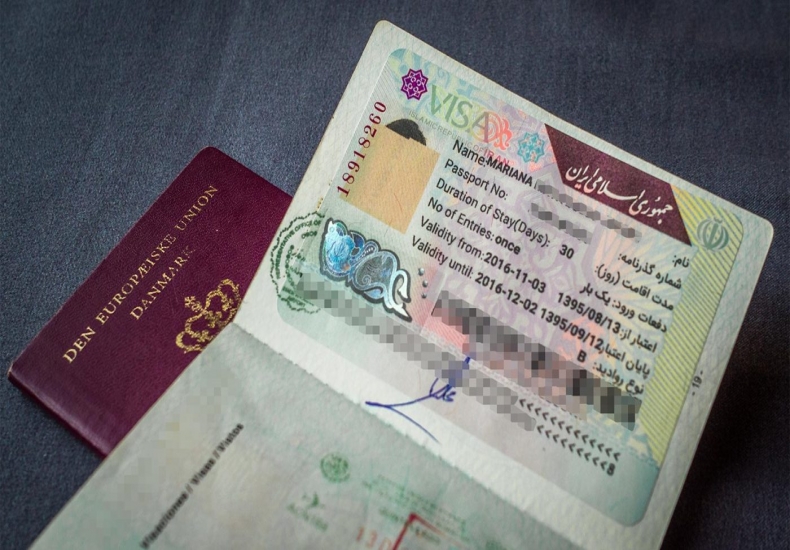Turkic groups constitute a substantial minority of about 15–24%, the largest group being the Azerbaijani, who are the second largest ethnicity in Iran as well as the largest minority group. Other Turkic groups include the Turkmen and Qashqai peoples.
Related: Iran geographical regions
ethnic group in Iran | Persians
Iran used to be called Persia until 1935, by that definition all Iranians were considered Persian regardless of their ethnicity.
The term "Persians" refers to an ethnic group who speak the Western dialect of Persian and live in the modern country of Iran as well as the descendants of the people who emigrated from the territory of modern-day Iran to other countries.
Ethnic Persians inhabit traditionally the Tehran province, Isfahan province, Fars province, Alborz province, Razavi Khorasan, South Khorasan, Yazd province, Kerman province, Bushehr province, Hormozgan province, Markazi province (Arak), Qom province, Gilan province, Mazandaran province, Semnan province, Qazvin province, the majority of Hamadan province including the city of Hamadan, majority of the North Khorasan, majority of Khuzestan province, northern half of Sistan and Baluchistan (Zabol), southern and western half of Golestan province including the provincial capital of Gorgan. The majority of the Iranian immigrants in the West and other parts of the world also hail from Persian speaking cities especially from Tehran.
ethnic group in Iran | Kurds
Iranian Kurds make up the majority of the population of Kordestan province, and, together with the Azeris, they are one of the two main ethnic groups in West Azerbaijan province. In West Azerbaijan province, Kurds are concentrated in parts of the southern and western parts of the province.
Related: Eco tours in Iran
ethnic group in Iran | Lur
As the fourth largest Iranian ethnic group, Lurs are inhabitants of the west-south or western parts of the great Iran territory including: Lorestan, Chaharmahal and Bakhtiari, Khuzestan, Isfahan, Fars, Bushehr and Kuh-Gilu-Boir Ahmed provinces.
Among the whole Iranian nomadic populations, especially Lurs, the authority of tribal elders remains a strong influence. Elders has a great respect and value through the families and as a result, the whole members of the nomadic tribes refer to the elder in terms of any debate or any important consultation.
Luri language is a specific respected way of communication which has a great value among the whole lurs. It is the preferred language which has been spoken through the lurs and it is considered as the key component of Lurs identity. The Luri language is Indo-European.
ethnic group in Iran | Turk
The largest Turkic group in Iran are the Iranian Azerbaijanis, forming the second largest ethnicity in the nation after the majority Persian population.
Smaller Turkic groups account for about 2% of Iranian population between them, about half of this number is accounted for by the Iranian Turkmen, and the other half comprises various tribal confederacies such as the Qashqai or the Khorasani Turks.
ethnic group in Iran | Turkic tribal groups
The Qashqai people mainly live in the provinces of Fars, Khuzestan and southern Isfahan, especially around the city of Shiraz in Fars.
They speak the Qashqai language which is a member of the Turkic family of languages. The Qashqai were originally nomadic pastoralists and some remain so today. The traditional nomadic Qashqai travelled with their flocks each year from the summer highland pastures north of Shiraz roughly 480 km or 300 mi south to the winter pastures on lower (and warmer) lands near the Persian Gulf, to the southwest of Shiraz.
The Khorasani Turks are Turkic-speaking people inhabiting parts of north-eastern Iran, and in the neighboring regions of Turkmenistan up to beyond the Amu Darya River. They speak the Khorasani Turkic and live in North Khorasan, Razavi Khorasan, and Golestan provinces alongside Turkmens.
ethnic group in Iran | Azerbaijanis
Iranian Azerbaijanis (also known as Iranian Turks) are a Turkic-speaking people of mixed Caucasian, Iranian and Turkic origin, who live mainly in Iranian Azerbaijan. Their number or percentage in the country are estimated differently as they are often mentioned to be politically motivated.
Related: Iranian language




